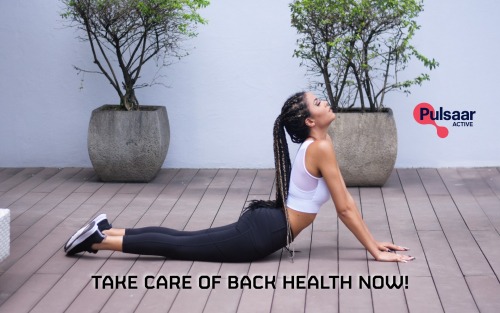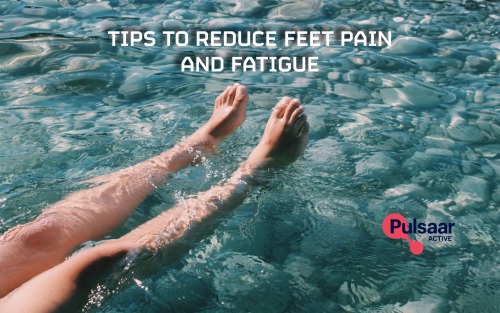Treat and soften the shoes
If shoes with straps hurt, rub the inside of each strap with mild soap, lip balm, or a wax candle, and a thin protective layer will form on the inside and the unpleasant rubbing will alleviate.
Sometimes, the seams of the shoes, or areas near buckles or design elements rub: glue a piece of soft leather or cloth in these areas from inside.
If the shoes are too rigid or hard in some areas, use a tablespoon to rub this place from inside until it becomes softer.
In summer, rubbing can occur due to sweating: the feet become moist and slip inside the shoe back and forth until abrasion injuries occur. For the feet to sweat less, apply some antiperspirant inside or use it on your feet.
We recommend choosing the CSS feet spray that thanks to aluminium microelements efficiently prevents sweating and unpleasant feet odours.
Regarding sweating and rubbing, the material composition is also important. It should not be made of 100% cotton, as cotton can hold a lot of excess moisture. We recommend choosing mixed socks that efficiently channel out moisture from fibres to prevent blisters and unwanted odours.
Pulsaar Active socks also consider the cotton material’s characteristics. They are made of several components with added microelements that help to channel out the body heat and absorb odours.
How to make new and narrow shoes more comfortable?
Special stretching agents for footwear will also help: like sprays or foams. If the shoes rub because they are too narrow or have not yet adapted to the shape of your feet, stretch the shoes with special stretching agents for shoes. These are applied on the inside of the shoes in areas where you feel discomfort. When the shoes have been treated, put on cotton socks, and wear the shoes for 2 to 3 hours. Repeat several times if necessary. Castor oil or alcohol can also be applied on the inside of the shoe.
Of course, shoes can also be stretched using the old method, namely, by putting on a wet sock and stretching the shoes for several hours. It would be better to treatthe inside of the shoes with alcohol first and then put the shoes on your feet with wet socks on.
Gel inserts. If the new shoes rub the heels, the feet may be too deep in the shoes. A gel insert may help to slightly lift the foot to position it properly in the shoe. Gel inserts for shoes are available in various shapes. Each is made for a different part of the foot, e.g. heart-shaped inserts are made for high-heel shoes. For the insert to perform efficiently, it should be carefully glued in the right place.
Patches. Preventively glue them onto the problematic areas. For the patch to securely stay in place, not dislodge after a few steps, and to look nice, choose silicon or gel patches that are just like the second skin. If you already have a blister or a chafe, a patch will help the injured skin heal faster.
Anti-blister rolls. Anti-blister rolls efficiently prevent rubbing and blisters. They are used on feet before putting your shoes on. Do not apply on blisters or open wounds. Available from pharmacies.
Recommendations from “100 good tips”.


